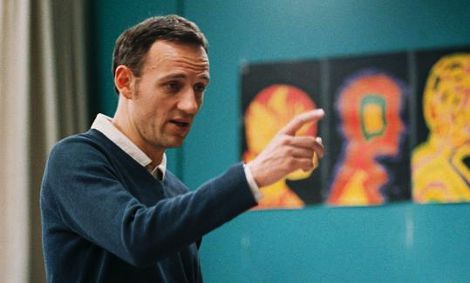
It’s been well established that every auteur filmmaker in the world plans on taking La Croisette by storm at some point in their career. After all, Cannes is where the biggest directors in the world premiere their new work, and getting to screen your movie alone might open up an entire new spectrum of possibilities.
Of course, there are exceptions to the rule. And while even appearing in the main competition turns the spotlight on you, it’s not unprecedented that a film that wins one of the top prizes in the most lauded festival in the world, is then never heard from again.
Reasons for that may be different; they may not have received any distribution, the general public may have not connected with them as much as the jury did, or they might have been overshadowed by their competition. But whatever the case may be, there are great movies that win huge awards and then fall below the radar.
Iranian filmmaker Samira Makhmalbaf, for example, has won the Jury prize twice in the 2000s (her first by the time she was 20 and her second three years later), and how many of us have seen either of the winning films or even heard her name?
On this list we’ll talk about 10 such titles, focusing on winners in the main competition. There are, of course, many more, but the very premise of the list means some of them are unavailable to the general public. Thus, any additions to the list that you might have would greatly valued.
1. Scarecrow
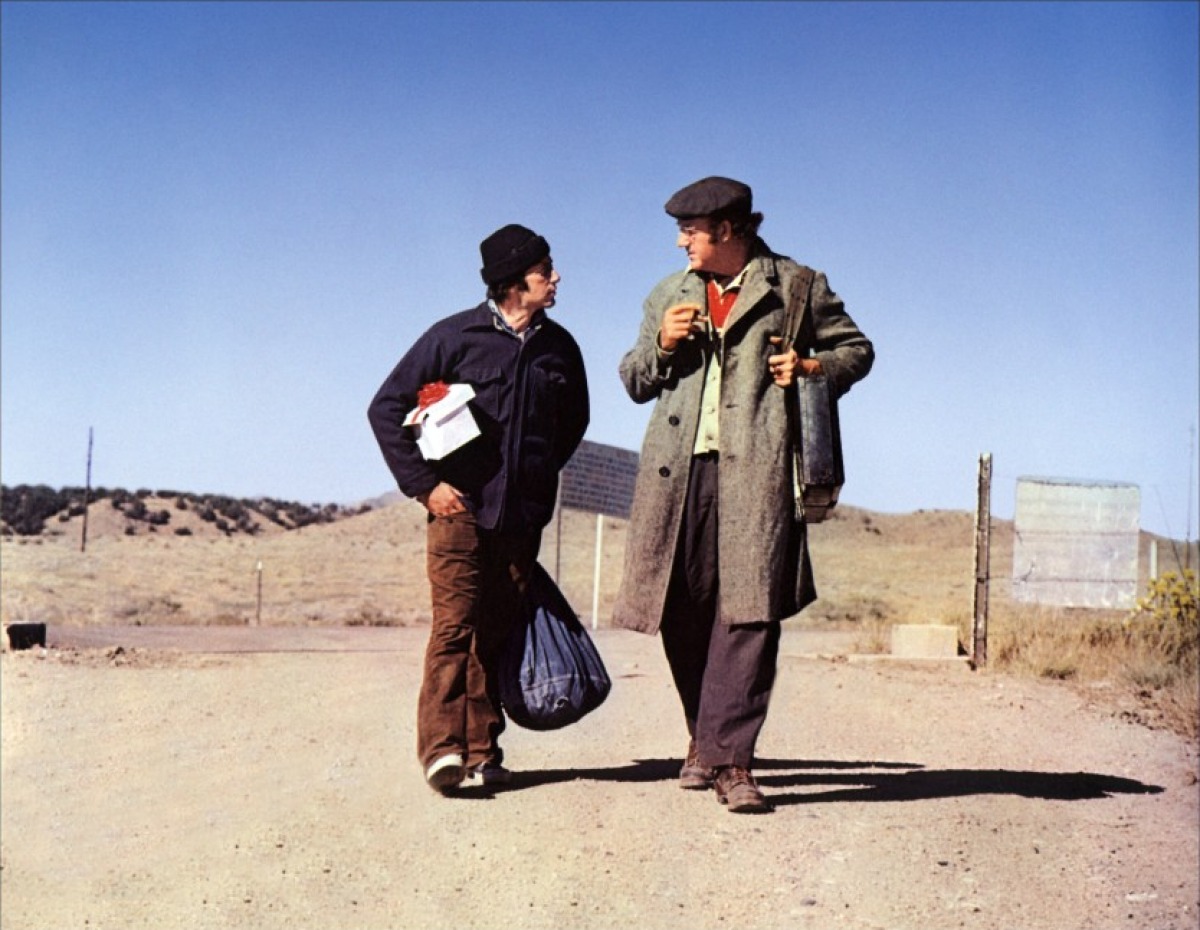
1973 wasn’t a classic year in the Cannes history by any stretch of imagination with Jean Eustache’s “The Mother and the Whore” being perhaps the only movie remembered today. Jerry Schatzberg’s “Scarecrow” won the Palme d’Or, and while it may not be a genre-changing masterpiece, it’s solid filmmaking with fantastic performances from two genius actors at the top of their game.
It tells the story of Max, an ex-con, and Lion, an ex-sailor who’s traveling to meet his son for the first time. The two join forces and slowly head to America’s south. Gene Hackman and Al Pacino put in fantastic performances, making their relationship feel so real that the movie could just as well be called Bromance.
Amazingly, the movie shared the Palme d’Or award with “The Hireling”, a film that has exactly 376 IMDb users who’ve seen it, and might just hold the title of the least seen Palme d’Or winner ever. Thankfully, the same can not be said for “Scarecrow”, a criminally underseen film that still managed to influence the cinema of the 70s.
2. Dream of Light
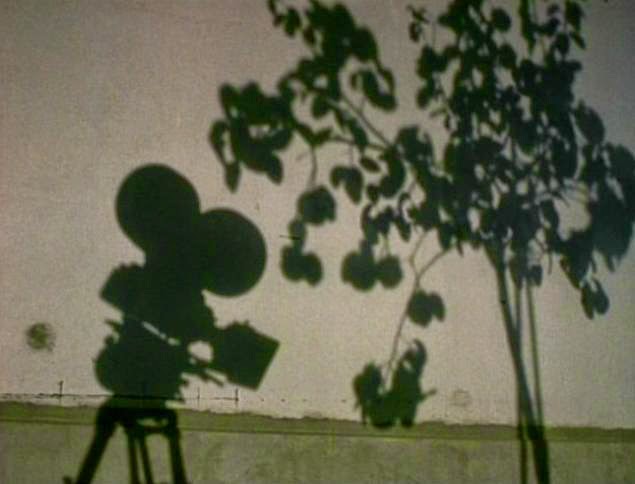
In an extremely rare case of a documentary winning one of the main prizes in the competition, “Dream of Light” picked up Víctor Erice his only Croisette award, a Jury prize. Regarded as one of the most important Spanish filmmakers in history, Erice constructed his third feature with the same calm admiration of nature and of man as he did in “Spirit of the Beehive” and “The South”.
The 133-minute story of Antonio Lopez’s methodical painting of a tree in his garden is much like a painting itself. It’s almost still, embracing the patience that’s needed in creating art, following an artist who himself is following light around him. It would be hard to call it entertaining, but there can be no doubt about its creativeness.
3. The Eel
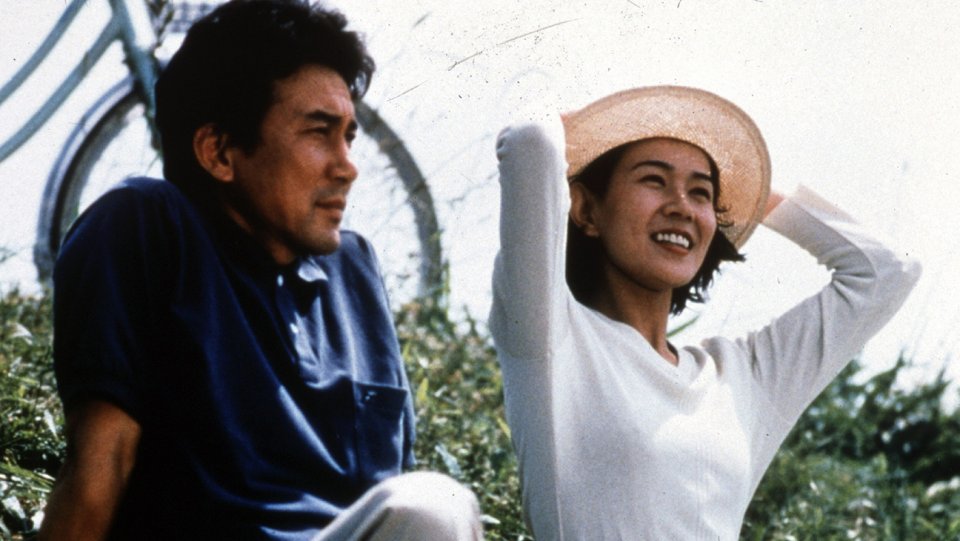
Another shared Palme d’Or winner, “The Eel” has been overshadowed by Abbas Kiarostami’s “The Taste of Cherry”. And neither is remembered in the same light as Michael Haneke’s “Funny Games” that left the festival empty handed. Perhaps that is telling on where the needs of the public disagreed with those of the jury.
However, while “The Eel” isn’t nearly as controversial as Haneke’s horror film, it is a special kind of crazy that connects to some better than others.
The movie tells the story of a businessman who is released from prison after serving a sentence for killing his wife. He opens a barbershop, but even though that is a surefire opportunity to meet new people, he only speaks to his best friend, an eel. The movie switches its focus from one character to another seamlessly, and delivers as much dark humor as that premise would suggest.
The film’s slow pace might have had something to do with its reputation or lack thereof, but “The Eel” is essential viewing if you want to get to know Shôhei Imamura, and seeing as he’s one of eight directors who’ve won the Palme d’Or twice, you should.
4. Henry Fool
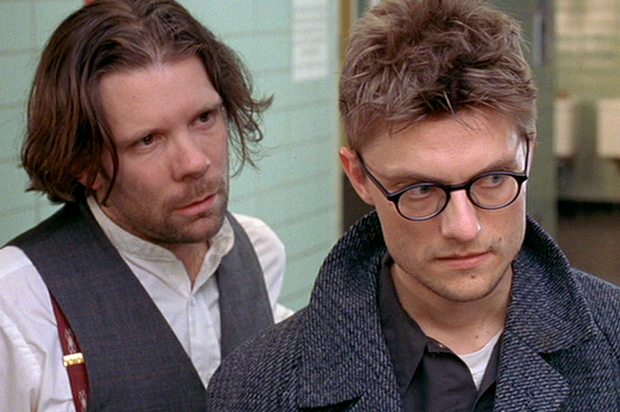
Hat Hartley’s fans might argue that everything he’s ever done is underrated, and there might be truth to that. “Henry Fool”, one of his finest achievements, won the Best Screenplay award in 1998, the year that saw “Eternity and a Day” (celebrated by critics and also arguably underseen by the public) unanimously pick up the Palme d’Or.
A garbage man befriends witty novelist Henry Fool, who makes him fall in love with literature. The man then tries his hand at writing the great American poem. In his typical fashion, Hartley manages to write the dialogue so fantastically that it’s sure to stay with you long after the screening. It’s a masterclass in character development, and Hartley’s misanthropic protagonists have never been funnier or wiser.
5. Divine Intervention
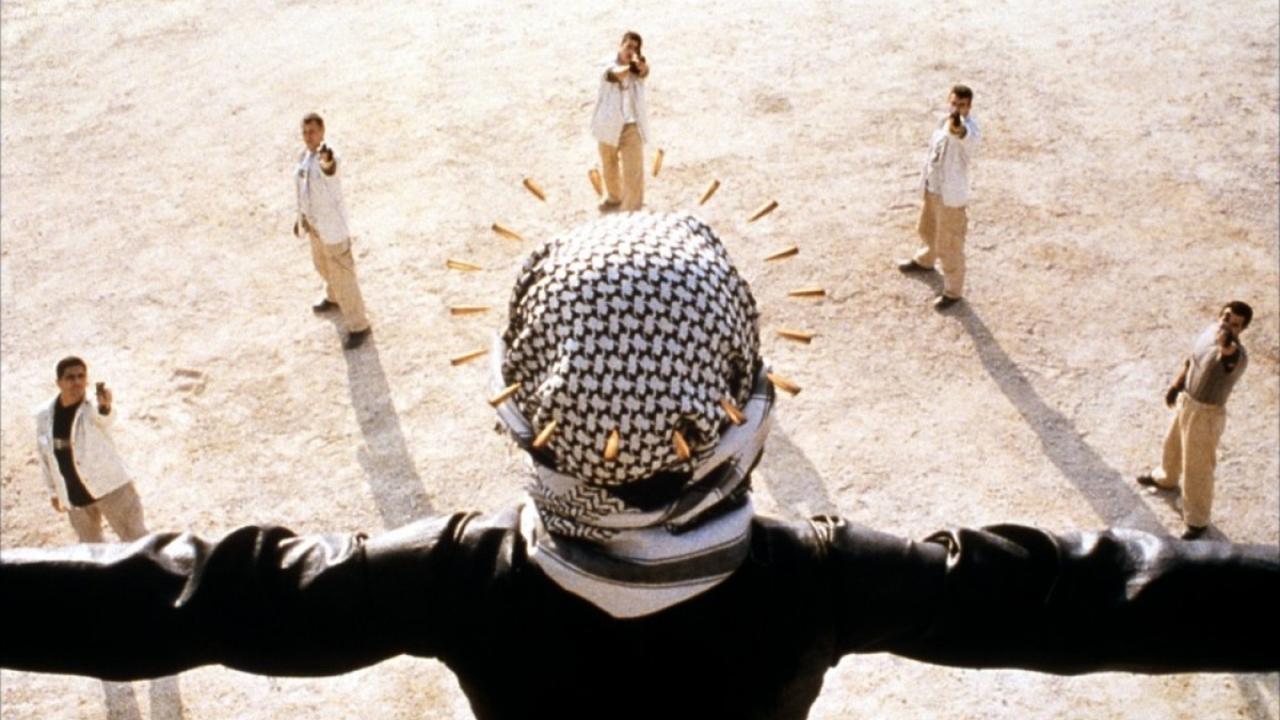
It’s hard to imagine anyone buying all of “Divine Intervention”. The poetic story is composed of crazy episodes, allegories, and visual metaphors with some of them just not working as well as the others. But the ones that do work are gorgeous, funny, and philosophical in an odd sort of way.
The FIPRESCI prize jury awarded Elia Suleiman’s achievement “for its sensitive, amusing and innovative vision of a complex and topical situation and the tragic consequences that result from it.” The main competition jury, awarding “Divine Intervention” the Jury prize, must have thought the same exact thing.
The story of two Palestinian lovers includes passages of both quiet death and roaring war, shifting from comedy to drama and even action with ease. There have been many, many Cannes winners that are easy to like, but difficult to love, yet “Divine Intervention” might be the exact opposite of that – you might hate it and you might love it, most likely both to some degree.